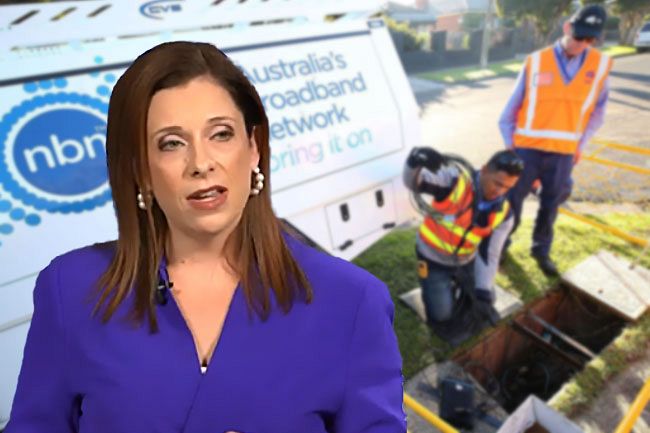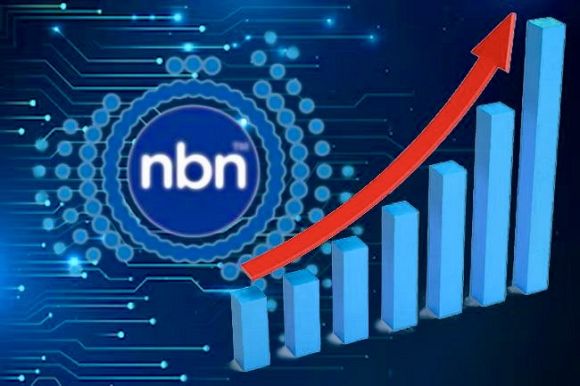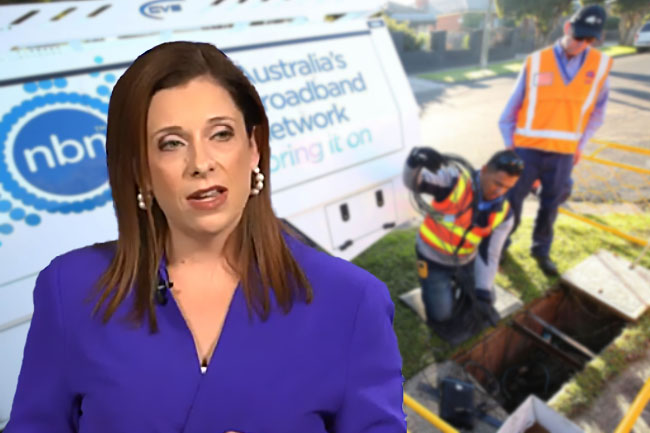As the world races toward fibre and 5G, Australia risks being left in the digital dust unless bold leadership steps in, writes Paul Budde.
THE LATEST OECD data confirms what many of us in the broadband sector have warned about for years: the digital divide is widening not just within countries, but between them. Fibre and 5G are expanding rapidly across OECD member nations. Fixed Wireless Access (FWA) is also gaining serious momentum. Yet Australia, once a global trailblazer in national broadband ambition, continues to fall behind.
According to the OECD's 2023 statistics, fibre now accounts for 42% of all fixed broadband subscriptions in the OECD, up from 38% the previous year. In contrast, Australia remains stuck with fibre penetration well below the OECD average, trailing not only digital leaders like Korea, Japan and Spain, but also smaller economies such as Lithuania and Iceland.
What’s particularly striking is how quickly other countries are moving away from legacy infrastructure. Digital subscriber line (DSL) now accounts for just 20% of fixed broadband connections across the OECD, a shift Australia has been slow to mirror. Our ongoing reliance on ageing copper and hybrid networks reflects a broader failure of vision and long-term planning — a point I have made repeatedly in my earlier articles on the NBN.
Fibre momentum abroad, inertia at home
Many countries are investing aggressively in fibre as a future-proof solution, recognising its foundational role in education, health, remote work, digital business and civic life. Meanwhile, Australia is still retrofitting its National Broadband Network (NBN), patching up a system that was compromised from the outset by short-term politics and a poorly conceived “multi-technology mix”.
Although NBN Co is now talking about “speed leadership” and upgrading speed tiers, the reality is uneven access and affordability concerns. The CPI-linked wholesale price adjustments for FY26 announced earlier this year may sound modest, but they don’t address the structural weaknesses baked into the network, nor do they correct the inequality between fibre-connected suburbs and those stuck on copper or wireless workarounds.
FWA and 5G: Helpful but not transformational
FWA is booming globally, with OECD countries seeing a 64% increase in subscriptions between 2020 and 2023. The U.S. alone experienced a 252% surge.
Australia does perform well in the adoption of fixed wireless and satellite broadband, ranking seventh and fourth, respectively, among OECD nations. These technologies play an important role in connecting rural and remote areas, particularly through the fixed wireless and satellite components of the NBN.
However, high usage is not necessarily a sign of digital leadership — it often reflects limited alternatives. In New Zealand, a strong fibre rollout complements rural coverage. In Australia, by contrast, the persistence of copper and the slow fibre upgrade means too many users rely on stopgap solutions by default, not by choice.
Meanwhile, 5G is also rising, making up 28% of mobile broadband subscriptions across the OECD. Australian carriers are rolling out 5G at pace, but the benefits have yet to materialise meaningfully for most users. Without serious investment in fibre backhaul and thoughtful policy on spectrum and standards, 5G remains more marketing than transformation.
New government, new opportunity
Let me start by offering my warm congratulations to Communications Minister Anika Wells on her appointment. Her background as a lawyer, a reformist minister in aged care and a mother of young children offers her a uniquely grounded lens on the real-world impacts of connectivity — not just from a technical perspective, but from the standpoint of family life, education, health and work. That perspective is sorely needed.
Minister Wells is stepping into a portfolio that has long suffered from a narrow, fragmented view of telecommunications. Her predecessor, Michelle Rowland, brought a steady hand and a long history in the sector. Now, with a strong parliamentary majority and a new international benchmark for what is possible, Wells has the chance to reclaim the broader vision of broadband as a nation-building project.
We need to view digital infrastructure the way we view roads, energy grids and public health: not as services to be squeezed for profit, but as foundations for national wellbeing and prosperity. This was the original vision behind the NBN — a vision that was politically compromised but never invalidated.
Broadband as a national good — not a tech upgrade
In my previous writing, I’ve always argued that broadband should be treated as critical infrastructure, not a discretionary consumer good. It is a public asset that underpins productivity, inclusion and resilience. A full-fibre future, backed by clear policy, robust regulation and investment in underserved areas, is not a luxury — it is a necessity for Australia’s long-term success.
Minister Wells has the chance to elevate the portfolio beyond its regulatory and telco tangle. Her legacy could be to refocus our digital infrastructure policy through the lens of equity, resilience and long-term national interest.
Time for transformative leadership
As I’ve written before, Australia can no longer afford to tinker around the edges while the rest of the world races ahead. We need fibre as the baseline, not the upgrade. We need strong regulatory oversight of pricing and access. And we need to close the digital divide that leaves rural, remote and disadvantaged communities behind.
One of the most overdue reforms in this space is the strategic transformation of the Universal Service Obligation (USO). We recently addressed this issue when we talked about Direct to Device (satellite) services. The USO is a relic of the analogue era that still anchors funding and policy around fixed-line voice services, rather than around modern needs like mobile coverage, digital access and broadband reliability. Minister Wells is in a strong position to bring this into the 21st Century.
Reimagining the USO is not just a regulatory clean-up; it’s a vital opportunity to shift national policy toward inclusion, resilience and relevance in a digital age. It could deliver real improvements for remote communities, Indigenous areas and ageing Australians — all issues close to her previous portfolio and political outlook.
With a strong Government, a new minister and clear international benchmarks, Australia has the tools and the mandate. What we need now is leadership that recognises the strategic role of broadband – and related digital infrastructure – in the kind of nation we want to be.
Minister Wells, this is your opportunity. Let’s not waste another technology cycle.
Paul Budde is an IA columnist and managing director of independent telecommunications research and consultancy Paul Budde Consulting. You can follow Paul on Twitter/X @PaulBudde.
 This work is licensed under a Creative Commons Attribution-NonCommercial-NoDerivs 3.0 Australia License
This work is licensed under a Creative Commons Attribution-NonCommercial-NoDerivs 3.0 Australia License
Support independent journalism Subscribe to IA.

Related Articles
- Fibre surge and new pricing threaten telco status quo
- NBN Co's wireless upgrade a big boost, but Musk's Starlink still a challenge
- Libs' latest NBN bashing: Big on blame, short on Liberal liability
- It's high time NBN Co focused on public benefit, not profit
- NBN's half-year results show solid performance but challenges remain














